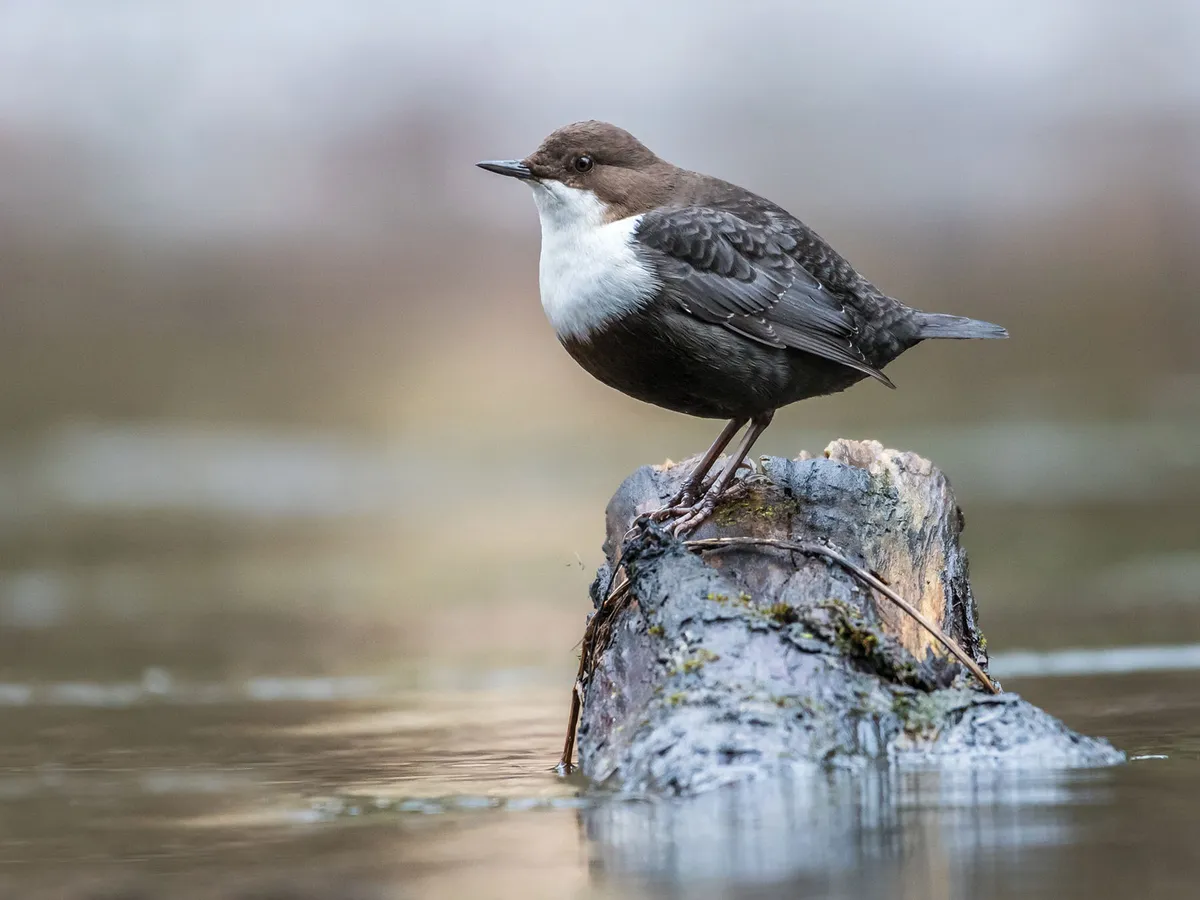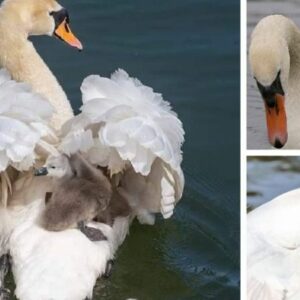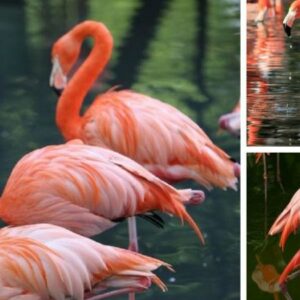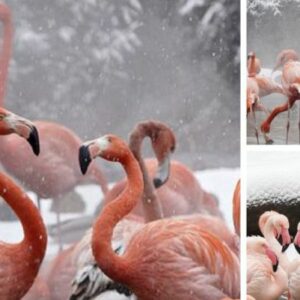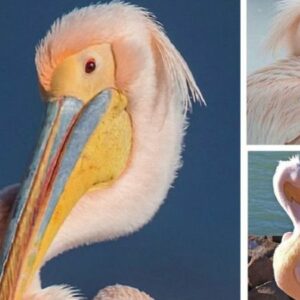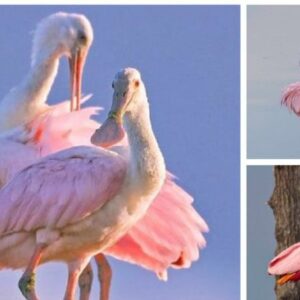Perched on a stone in mid-stream, the bobbing Dipper is perfectly at home in its aquatic environment. These fascinating birds are one of just five species in a specialised songbird family.
Appearance & Identification
The White-throated Dipper is a distinctive bird, easily identified by its appearance and habits.
What do Dippers look like?
Dippers are identified by their chocolate brown plumage and white chin, throat, and breast. Their short tail is often held up at a 45-degree angle to their back. These are stocky birds with large, well-developed legs and feet. Their eyes are brown, and they have straight black bills.
Dippers can also be identified by their characteristic habit of bobbing up and down when perched. The Sєxes appear similar, although females are generally smaller and have shorter wings.
Juvenile Dippers are paler above, appearing grey-brown. Their underparts are dirty grey, although still much lighter than their upperparts. Young birds also have pinkish-brown legs and feet.
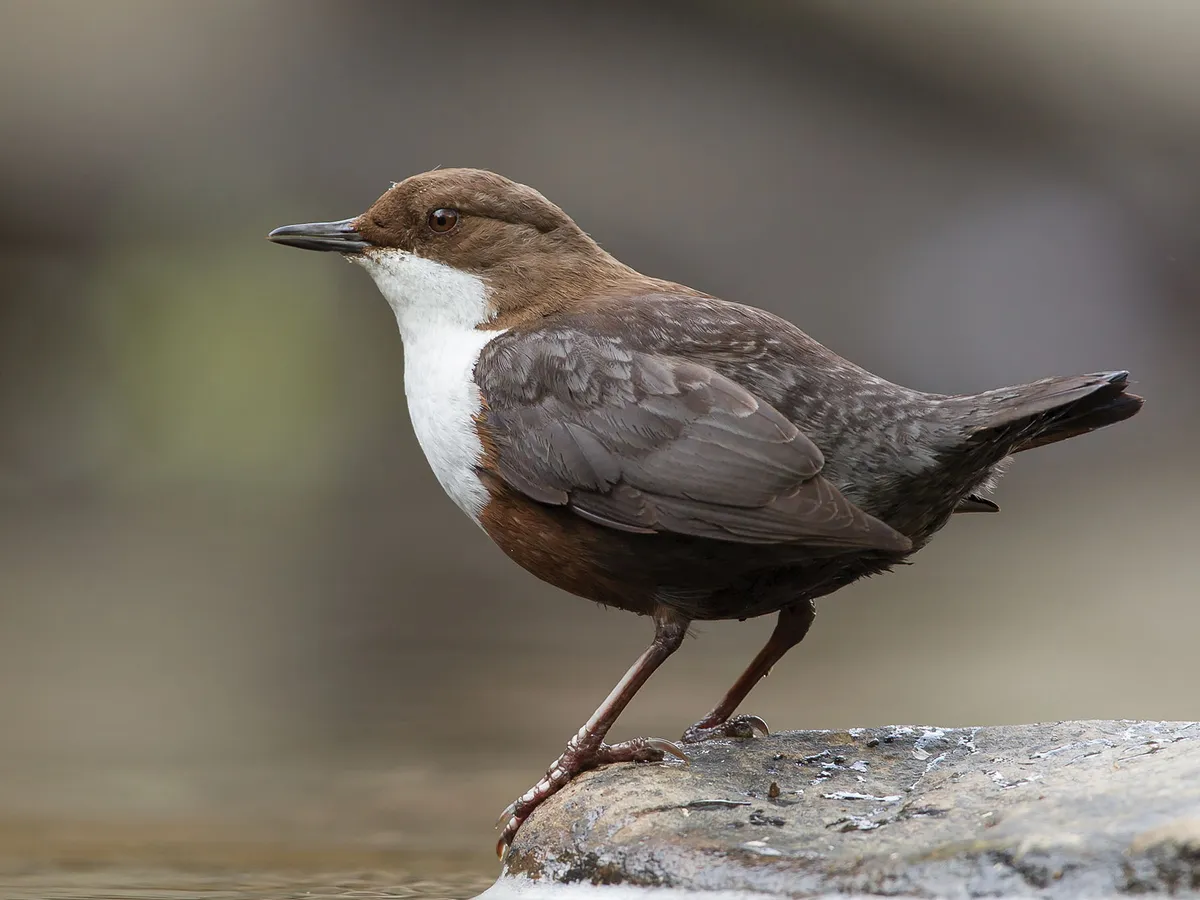
Close up of a Dipper bird
How big are Dippers?
Dippers are stout little birds, slightly smaller but more rotund than the Starling.
Length
Dippers have a relatively short, compact build. Adults have a total body length of 17 to 20 centimetres.
Weight
Male Dippers weigh 60 to 76 grams. They are heavier than females on average, although there is some overlap. Females weigh 50 to 67 grams.
Wingspan
Adult Dippers have a wingspan of 25 – 30 centimetres.
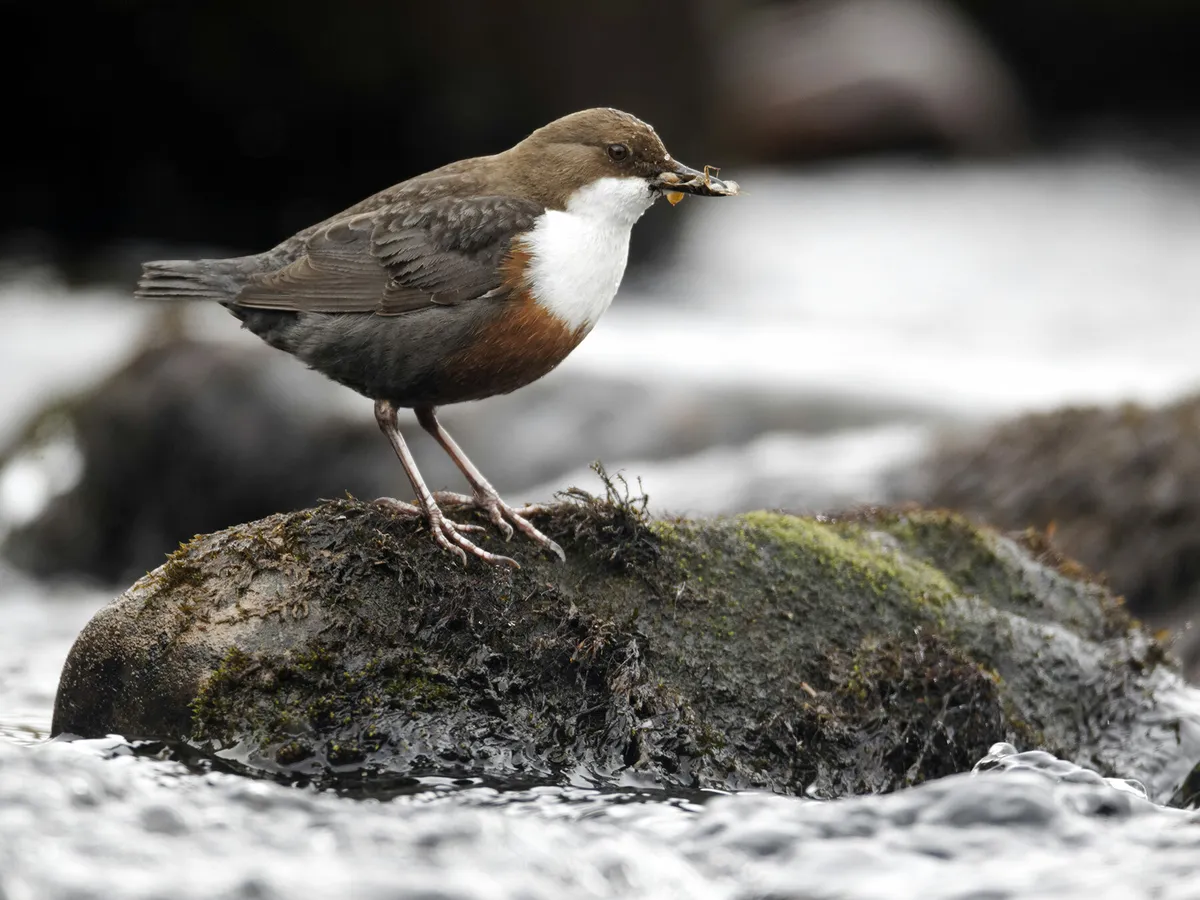
Close up of a Dipper with freshly caught prey in its beak
Calls & Sounds
Dippers call loudly to carry above the often noisy sound of the streams where they live.
What sound does a Dipper make?
The male Dipper produces a loud and variable wren-like song. Females also sing, although their song is more discordant. Both Sєxes also utter rattling and zitting calls, frequently heard as they fly past low to the water.
Diet
Dippers hunt by walking underwater. A typical dive lasts just a few seconds, although they can stay under for half a minute in exceptional circumstances.
What do Dippers eat?
Dippers search for small aquatic insects and crustaceans on the riverbed. Their major prey items are caddisfly, dragonfly, mayfly, and stonefly nymphs, and they occasionally take small fish.
Their specialised diet prevents compeтιтion with other bird species in their preferred habitats and allows them to feed throughout the year, provided their stream does not freeze over.
What do Dipper chicks eat?
Dipper chicks eat the same food as their parents. The young first leave the nest after about three weeks and are fed for another week or two before gaining independence.

Dippers mainly eat caddisfly, dragonfly, mayfly, and stonefly nymphs, and they occasionally take small fish
Habitat & Distribution
Dippers have specific habitat requirements and a patchy distribution in the UK. Read this section to learn where to find these fascinating aquatic birds.
What is the habitat of a Dipper?
Dippers live along fast-flowing streams with rocky bottoms. They may visit lakes and even coastal areas if forced by freezing weather, but they are never found far from the water.
What is the range of a Dipper?
Dippers are most common in upland areas of Scotland, Northern Ireland, and Northern England, although they are also widespread in Wales and southwestern England. The species has a discontinuous range elsewhere in Mainland Europe and Central Asia.
Where do Dippers live?
Dippers live along streams, spending most of their time on stones and boulders in the riverbed. These unusual birds forage under the water by walking along the bottom. They typically occupy territories of about 0.4 to 2.5 kilometres.
Living in such a wet environment and dealing with strong currents requires some rather special adaptations. These birds can seal their nostrils to keep water out, and they preen regularly with an oily secretion to keep their feathers waterproof.
Dippers swim well and cling to the bottom with powerful claws, angling their body and wings to maintain a downward force.
